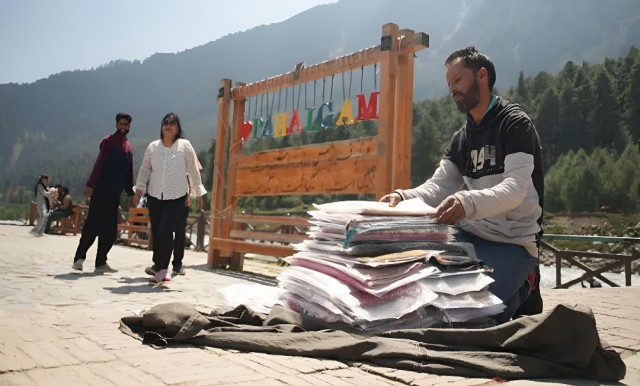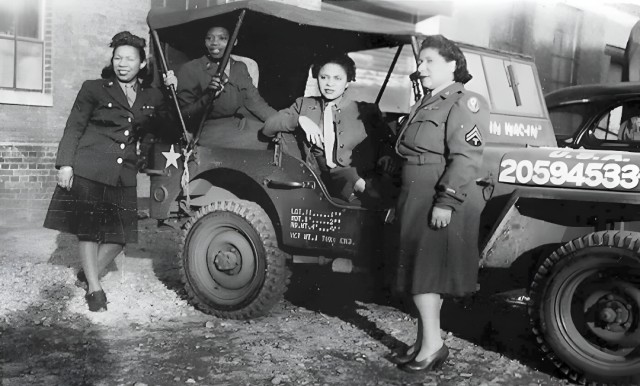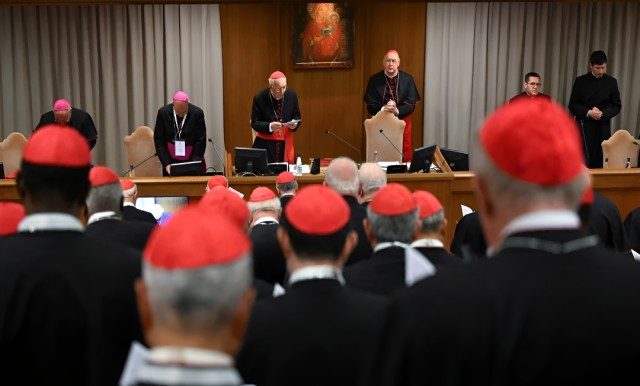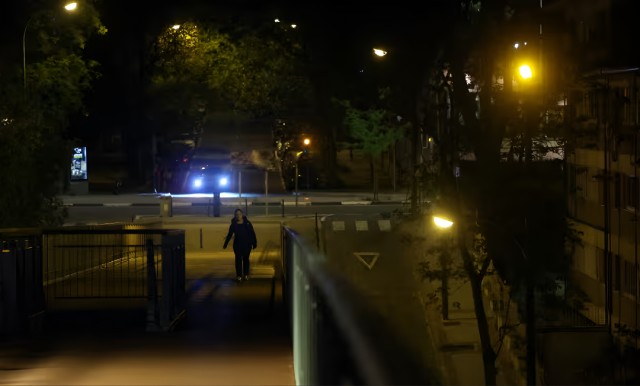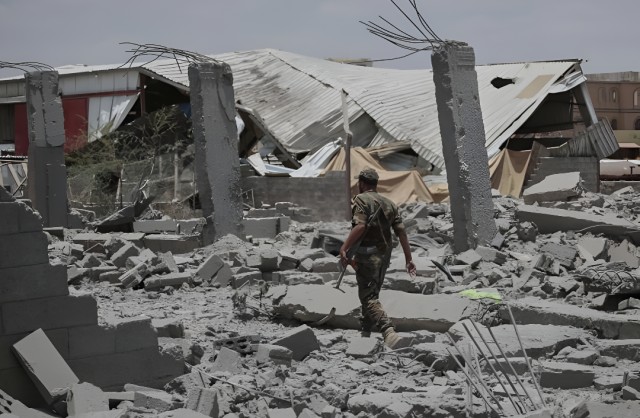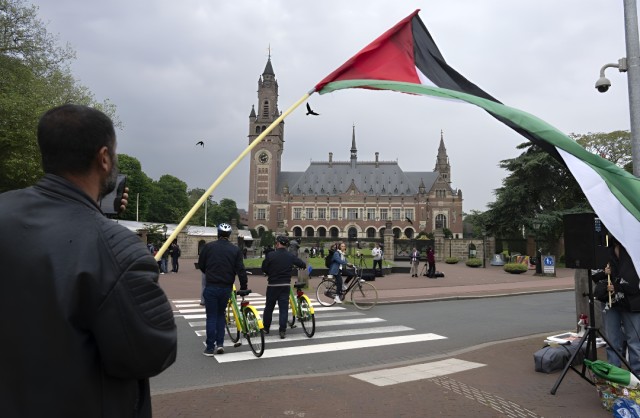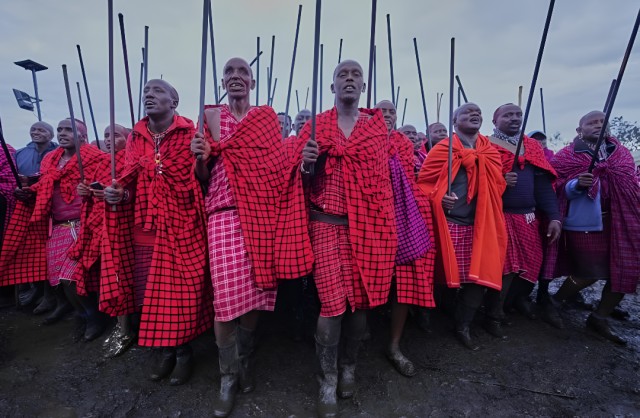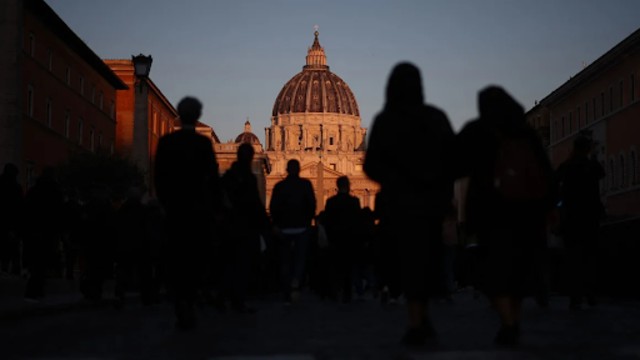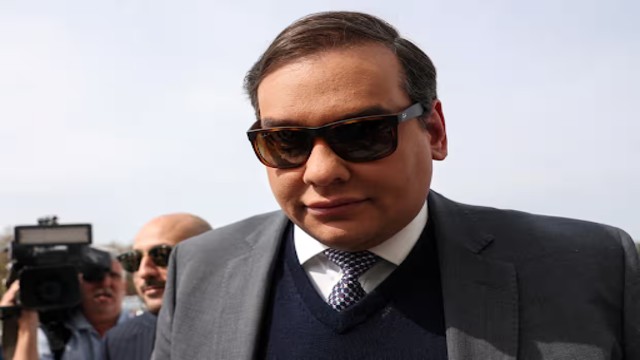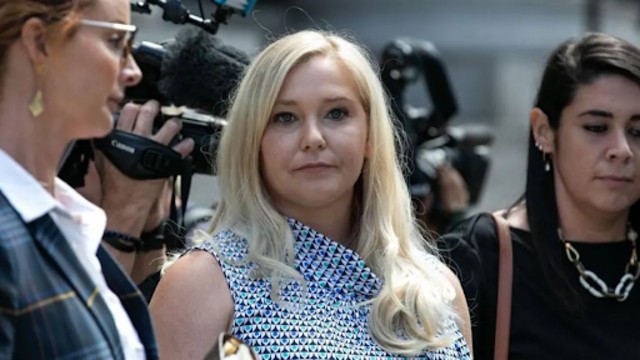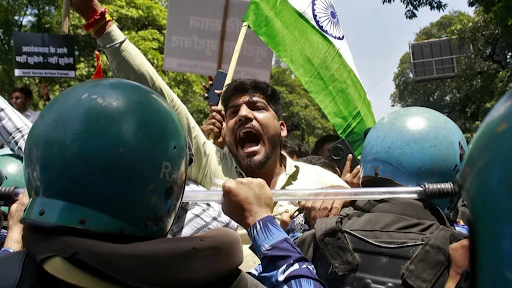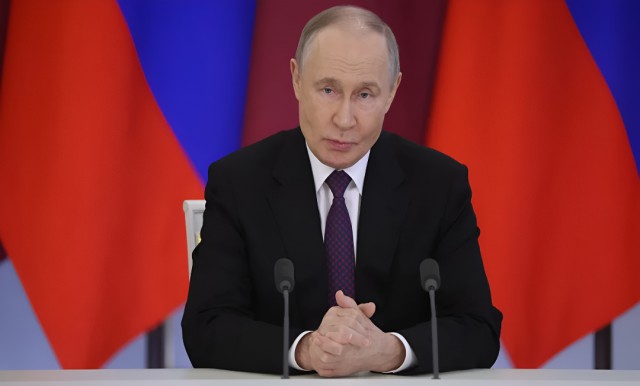
Putin Declares Three-Day Ceasefire in Ukraine for May 8-11. Getty Images
Russian President Vladimir Putin has announced a three-day ceasefire in Ukraine, starting from May 8 to May 11, 2025. This temporary halt in fighting coincides with Russia’s annual World War II Victory Day celebrations on May 9. Putin called it a “humanitarian” move, but it was met with skepticism from Ukraine and the United States.
Ceasefire Announcement
Putin declared the ceasefire on Monday, stating that all military actions in Ukraine would stop for the three days. He said this was intended to mark the 80th anniversary of the defeat of Nazi Germany and to show respect for those who died in World War II. However, the Ukrainian government immediately expressed doubt over the effectiveness of this temporary pause.
Rejection of the US Proposal
Ukrainian President Volodymyr Zelensky called the ceasefire an “attempt at manipulation,” arguing that it was merely a way for Putin to create a peaceful moment for his military parade. Zelensky pointed out that Putin had rejected the United States' offer for a 30-day ceasefire, which Ukraine had agreed to. Zelensky’s chief of staff, Andriy Yermak, emphasized that only a permanent, unconditional ceasefire could end the war. He thanked the U.S. for supporting a full ceasefire but insisted that Putin’s temporary pause was not enough.
“We need peace now, not a break until May 8,” said Ukrainian Foreign Minister Andrii Sybiha. He also reaffirmed Ukraine's readiness to support a lasting and full ceasefire for at least 30 days, as proposed by the United States.
US Reaction
The U.S. government, led by President Donald Trump, also criticized Putin’s move. Trump has been pressing for a permanent ceasefire and a peaceful resolution to the conflict. National Security Council Spokesman Brian Hughes said that while President Trump welcomed the temporary ceasefire, his goal remained a permanent peace. Secretary of State Marco Rubio called the coming week “critical” for peace negotiations, as the U.S. pushes to mediate a solution to the ongoing war.
Trump’s frustration with the failed peace talks was evident. He urged Putin to “stop shooting, sit down, and sign a deal.” He expressed belief that an agreement was close but emphasized that the war needed to end soon for the benefit of both sides.
Violations of Previous Ceasefires
This new ceasefire comes just days after the Kremlin declared a 30-hour truce over Easter. Ukraine reluctantly agreed to this short ceasefire, but shortly afterward, Russia was accused of launching over 2,900 attacks along the frontlines. The attacks resulted in civilian casualties, with at least 62 killed and 290 injured since the Easter ceasefire began.
A senior officer from Ukraine’s Security Service (SBU), known by the call sign “Bankir,” commented that the Easter ceasefire showed that Russia did not honor the agreed halt in hostilities. According to Bankir, the ceasefire was largely a public relations move, as artillery and drones continued to strike despite the supposed pause.
Looking Ahead
While this might bring a temporary break, both Ukraine and the U.S. believe the real solution lies in a more lasting peace agreement. As Russia continues its attacks, global pressure grows for a more permanent resolution to end the war. Negotiations continue to be tense, with both sides remaining far apart on key issues.


